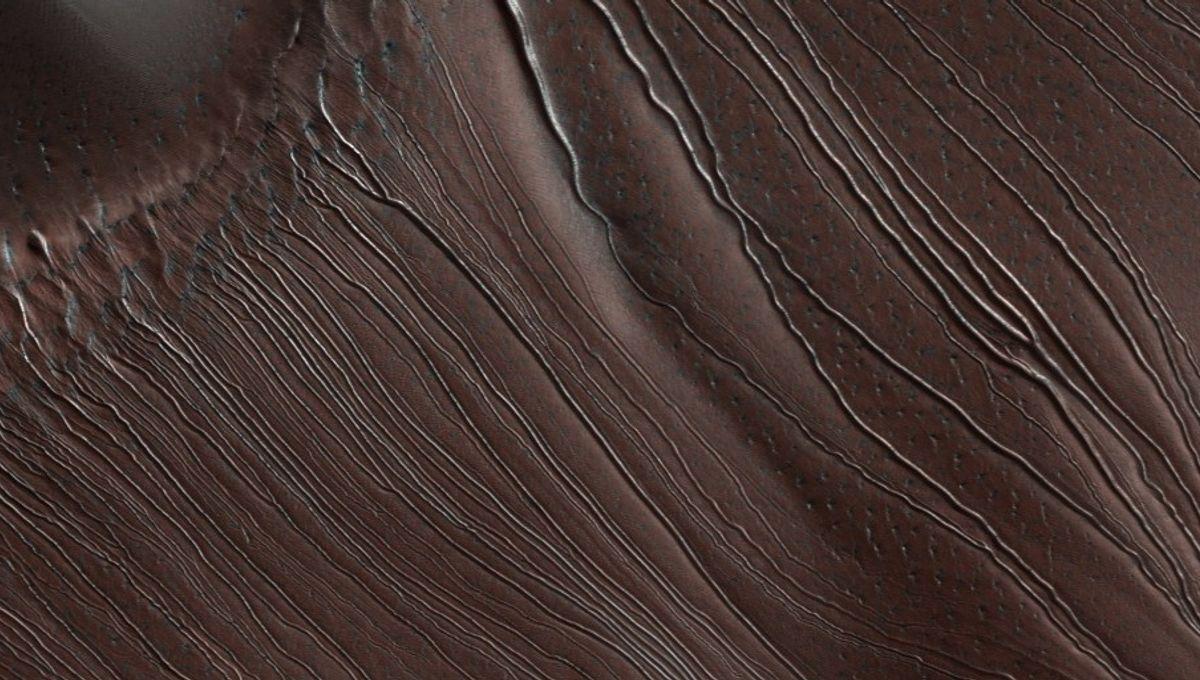Mars is a desert planet with dunes, canyons, and surprisingly fast winds. It is very cold, though, so it does not often get compared to desert planets of fiction, like Tatooine of Star Wars or Arrakis of Dune. But a mysterious feature made astronomers consider a parallel with the Dune planet, gullies carved in Martian sands looked dug by giant sandworms. Is Shai-Hulud behind the Martian mystery? Of course, not, but something did create them, and scientists now have a potential idea of what that was!
The rest of this article is behind a paywall. Please sign in or subscribe to access the full content. The team believes that it is blocks of dry ice that have carved these structures. The thin atmosphere of Mars is almost completely carbon dioxide, and during winter, the already cold planet gets a bit colder. The air froze into solid blocks, depositing on the surface. In springs, the ice sublimates (goes from solid to gas). But it doesn’t stay still. The team from Utrecht University tested the possibility that the ice blocks were to blame. Using the Mars Chamber of the Open University, they use simulated Martian Slopes and the behavior of dry ice blocks on them. If a slope was steeper than 22.5, the blocks would slide, creating straight, shallow channels with indistinct ridges. But for shallow slopes, something truly peculiar happened. “We tried out various things by simulating a dune slope at different angles of steepness. We let a block of CO2 ice fall from the top of the slope and observed what happened,” Dr Lonneke Roelofs said in a statement. “After finding the right slope, we finally saw results. The CO2 ice block began to dig into the slope and move downwards just like a burrowing mole or the sandworms from Dune. It looked very strange!” The burrowed ice block would still sublimate, and that trapped carbon dioxide would push out, blasting sands in all directions; as the block moves downhill, it leaves a deep sinuous gully with ridges on either side. “The CO2 ice blocks form on the desert dunes halfway down the southern hemisphere of Mars. During the winter, a layer of CO2 ice forms over the entire surface of the dune field, sometimes up to a thickness of 70 cm! In spring, this ice begins to warm up and sublimate. The last remnants of this ice are located on the shaded side of the dune tops, and that is where the blocks break off from once the temperature is high enough. Once the blocks reach the bottom of the slope and stop moving, the ice continues to sublimate until all the CO2 has evaporated. What remains is a hollow in the sand at the bottom of the dune.” A paper describing this was published in the journal Geophysical Research Letters.






